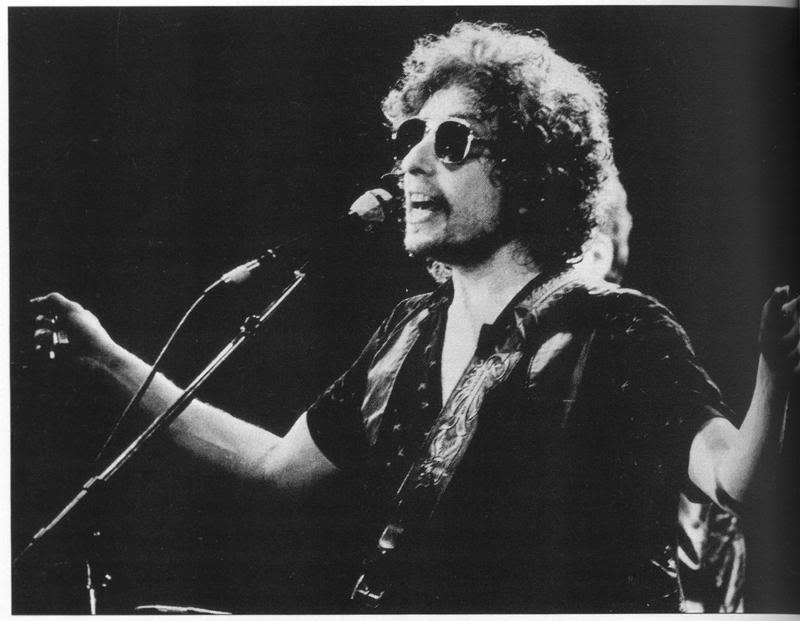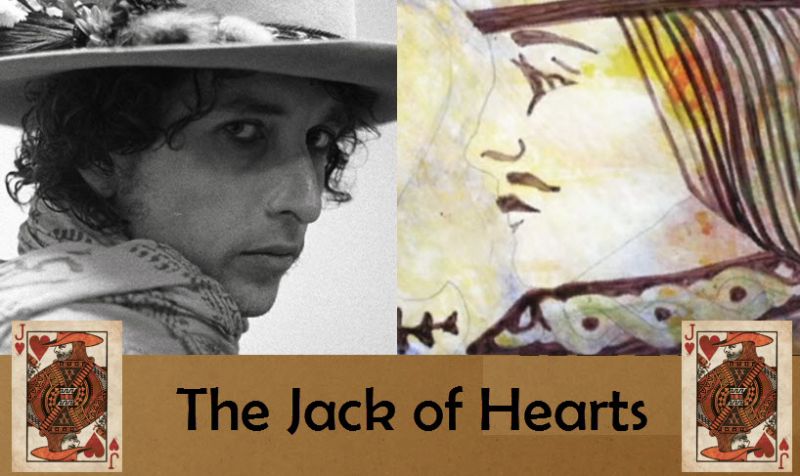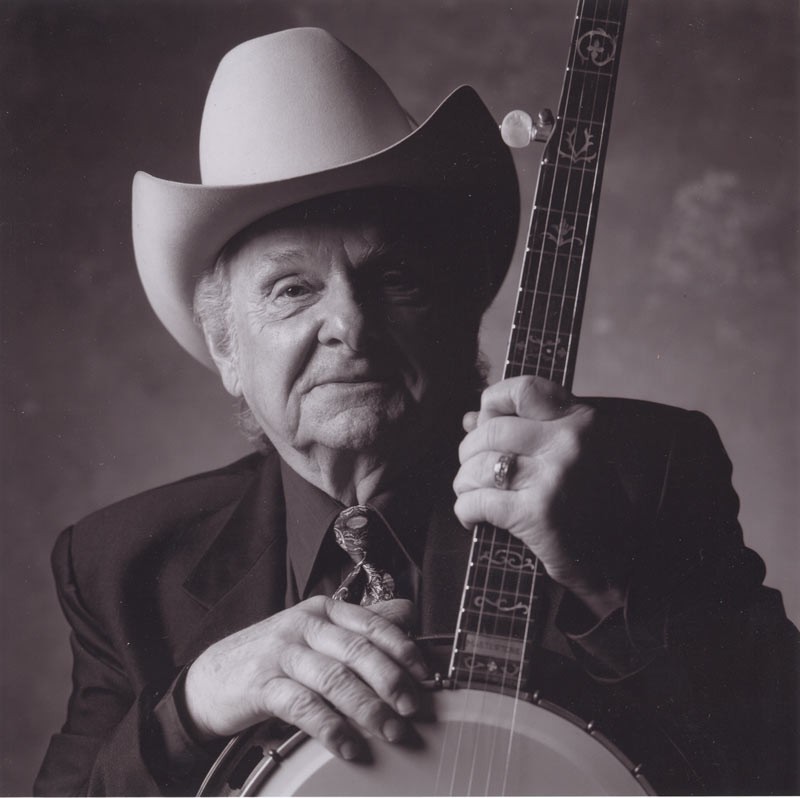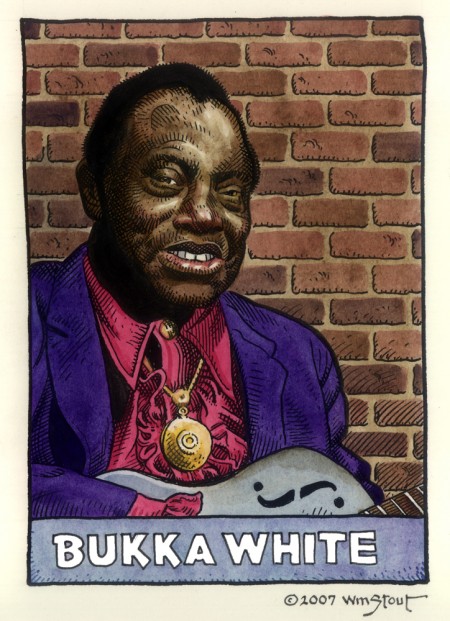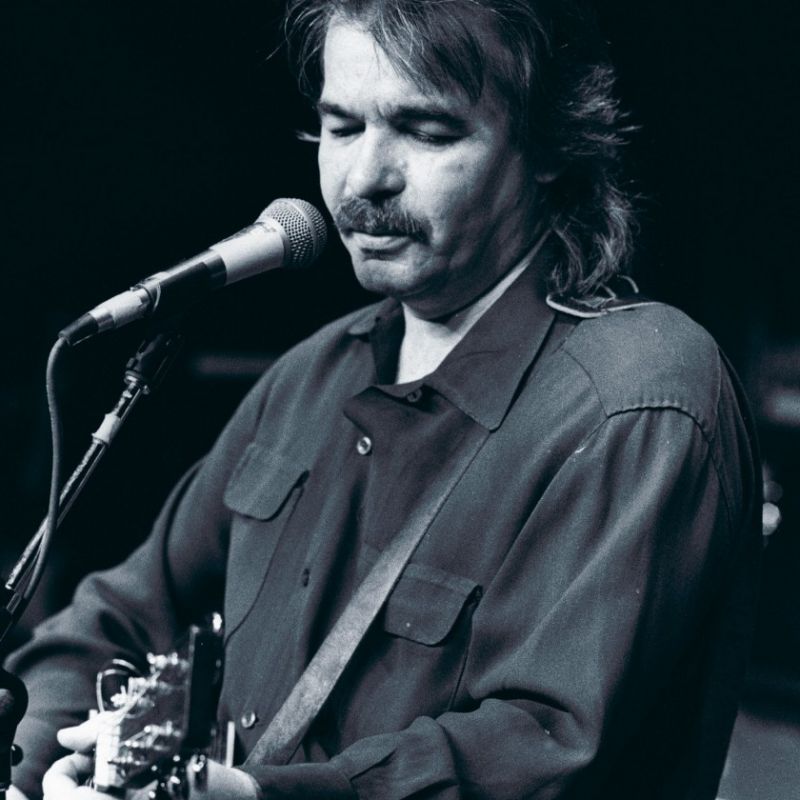Well, it’s always been my nature to take chances
My right hand drawing back while my left hand advances
Where the current is strong and the monkey dances
To the tune of a concertina
~from “Angelina”…. there were some real songs on this album that we recorded, a couple of really long songs, like there was one I did – do you remember Visions Of Johanna?…. Well, there was one like that. I’d never done anything like it before. It’s got that same kind of thing to it. It seems to be very sensitive and gentle on one level, then on another level the lyrics aren’t sensitive and gentle at all. We left that off the album.
~Bob Dylan (to Neil Spencer – July 1981)How to comment on this extraordinary piece of writing? Recorded at the ‘Shot of Love’ sessions of April-May 1980, Angelina is unlike anything else Bob Dylan has ever written – part Cocteau film, part Braque painting, totally surreal, it defies logic and heads off for the deepest, darkest parts of poetic mystery. Though Dylan has never commented about the song in public, chances are that he’d confess that it was as much mystery to him as to anyone else.
~John Bauldie (TBS1-3 booklet)
@ number 80 on my list of Dylan’s 200 best songs.
Angelina is credited as being recorded on May 4, 1981 on “The Bootleg Series, Vol. 1-3”. According to “Krogsgaard” & “Olof’s – Still on the Road“, this is not true, as it were mixed on that day, but recorded March 26:

